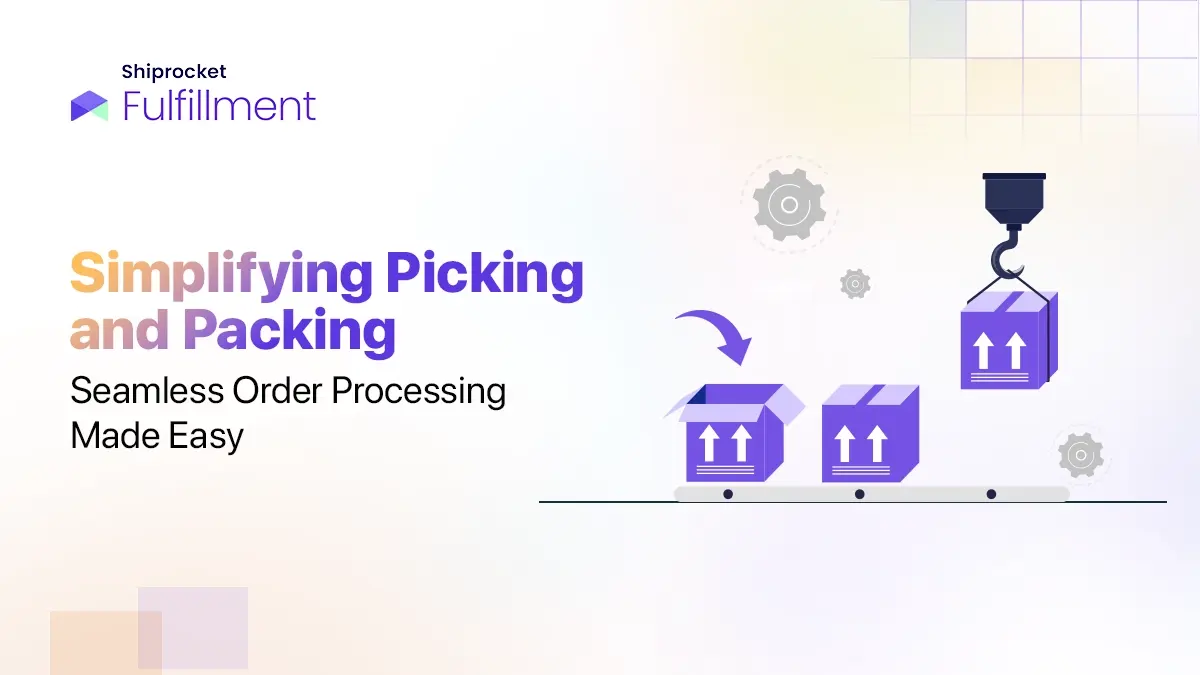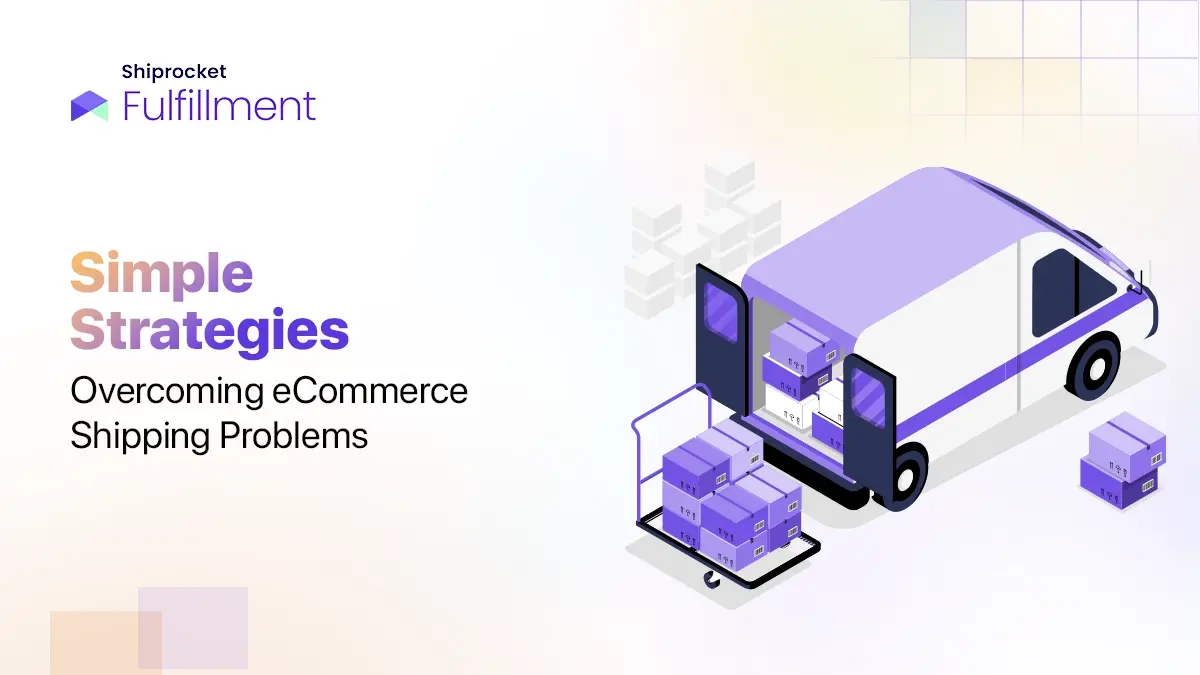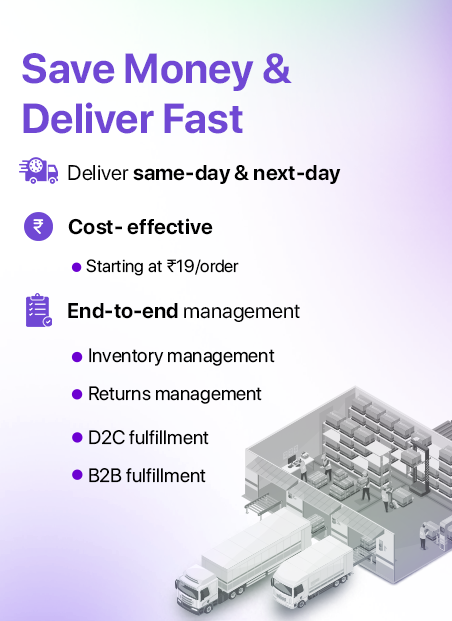Introduction
Determining whether or not you will meet your revenue goals is quite challenging if you do not know how much your inventory is worth. For any eCommerce business, keeping track of your inventory and its worth is vital. Selecting the correct inventory monitoring method makes managing your inventory and warehouses easier. Furthermore, it can also help you forecast your profits. eCommerce businesses can use a few inventory valuation methods to make this evaluation easier. The most commonly adopted method for valuing your goods is the weighted average cost (WAC).

Throughout this article, you will learn how to calculate the WAC, how it relates and compares to the other inventory evaluation methods, and how to track your inventory properly, thereby improving your overall supply chain processes.
Defining the Concept and its Significance in Costing
The inventory-weighted average cost (WAC) is also known as the inventory-weighted average method. It is one of the four most commonly used methods to understand the worth of inventory in eCommerce accounting. The WAC method uses weighted averages to determine the amount of funds that go into the cost of goods sold (COGS) and inventory.
Calculating Inventory Weighted Average Cost
To evaluate and determine the weighted average cost, divide the total cost of the goods bought by the units available for sale. To find the cost of all the goods available for sale, you must find the total amount of beginning inventory and recent purchases. The complete calculation will give a weighted average value for all the items available for sale.
Inventory weighted average cost formula (WAC):
You can easily calculate the WAC by employing the following formula:
WAC = Cost of the goods available for sale / Total number of units present in the inventory
Here’s an example for you to understand how to calculate the weighted average cost:
Calculating and determining the WAC might seem tedious initially, but it is rather simple.
| Transactions for the month of August | Quantity | Cost per unit (Rs) | Total cost (Rs) |
| Beginning date of inventory (August 1) | 100 | 250 | 25000 |
| August 6 | 300 | 275 | 82500 |
| August 15 | 200 | 300 | 60000 |
| August 20 | 500 | 250 | 125000 |
| Ending date of inventory (August 31) | 1100 Units | 265 (Average) | 292500 |
The total cost of the inventory purchased is Rs 292,500. The total number of units in the inventory is about 1100. To evaluate the WAC, divide Rs 292,500 by 1100 to retrieve the average weighted cost per unit to be Rs 265.
Comparing WAC with Other Valuation Methods
The weighted average costs method is a wonderful method that can determine the value of your current storage. Still, it does not mean it is the best method to determine the correct method suited for your business. It is vital to choose a method that can help you consistently determine the value of the inventory throughout the year. To ensure you are using the most appropriate method for your business, weighing out the pros and cons of each method is recommended. If you choose to switch methods before the next tax period, it will result in several discrepancies.
Before you adopt the WAC method, ensure that you familiarise yourself with the other methods that can be used to determine the value of your inventory. You can also understand how the formal of the WAC method compares with the other methods:
- First-in, first-out (FIFO) method
The first in, first out accounting method assumes that all the inventory produced will be the first units to be sold and complete orders. This method is most appropriate when dealing with perishable products with an expiry date. The shelf life and time before they become obsolete are vital while using the FIFO method. The drawback of this method is that if the product costs increase significantly, you will still be using its present value while accounting for your inventory. This negatively affects profits and misrepresents your inventory’s value in the income statements.
- Last in, first out (LIFO) method
The last in, first out method keeps track of the most recently purchased products in the inventory as first sold, and the lower prices of the older products will be stored and recorded as the inventory. In times when inflation is rapid, the LIFO method results in higher COGS and a smaller balance of leftover inventory.
- Specific identification method
The specific identification method is probably the most accurate method that provides the unit price since it keeps track of every single item in the inventory individually from when it arrives until it is sold. It is the most commonly employed method for miniature businesses and startups that will allow you to track every item and the number of units present in your warehouse. However, this method is not realistic for larger businesses.
- Weighted average cost method
For direct-to-consumer brands, the WAC method is the most appropriate method to evaluate the value of your inventory. Such businesses have high volumes of inventory with items that are similarly priced. For instance, if you sell different scents of perfume in the same type of bottle, you might have several SKUs that are unique to the scent but have the same value for each.
Advantages of the Weighted Average Inventory Method
The weighted average costs method for inventory evaluation is the most used inventory valuation process as it offers many merits, including time savings and consistency. Here are some of the major benefits of using the WAC in your overall process of inventory management process:
- Efficient and easy tracking of inventory value
Besides checking inventory counts, tracking every purchase’s costs is key. Unlike the LIFO and FIFO methods, which use a range of costs, the weighted average cost method uses a blended average that enables easy calculation and inventory value tracking.
- Minimising paperwork and other documentation
The weighted average cost method needs a single cost calculator to understand and show the average value of all the products in stock. As every unit is valued at the same price, there is no requirement to maintain a comprehensive inventory record for purchasing, which implies minimal paperwork to keep in mind.
- Overall cost-cutting
Managing your inventory can cost quite a bit. It might also make your profits dip if you do not take the time to streamline the process. Keeping a count up for every sellable item and then summing up the value of every product, the WAC formula gives a timesaving and cost-saving alternative to your present inventory value. It helps you save a significant amount in the long run.
Minimising costs and simplifying your processes associated with managing inventory can be done using inventory management software or 3PL partners. It helps you save money and also helps you streamline your supply chain workflows, making it more agile.
Scaling Efficiency Through Outsourced Inventory Management
Order fulfillment, inventory, and warehouse management are intricate as a business grows. There will be several processes in your supply chain that intersect and become interdependent. Hence, ensuring that all your processes are agile and nimble will help you avoid all kinds of halts in your production line. This helps you keep up with your timeline while maximising customer satisfaction.
Outsourcing your inventory and warehouse management to a 3PL partner like Shiprocket Fulfillment, offering analytics and automated technology services, can help you scale your business faster at affordable rates. By partnering up with Shiprocket Fulfillment, you can focus on expanding and improving your business and customer experience.
Scaling your business with a 3PL partner is quicker and more efficient than doing it yourself.
Conclusion
Regardless of which industry you are in, accuracy and consistency are crucial for inventory-level management. It can also make the process of filing taxes and financial comparisons easier for your business. When selling different products with multiple SKUs of similar products, you can use the weighted average inventory method to determine the value of your inventory. It is a brilliant method that lets you accurately maintain your financial statements. Using the weighted average inventory method, you can look for your inventory over the years with proper inventory accounting while saving time.
There are two major drawbacks to the weighted average inventory method. The weighted average inventory method doesn’t account for new versions of products. And it’s also not ideal for inventory with varying price ranges.
The weighted average inventory method is a compromise between both the FIFO and LIFO methods. When you use the weighted average inventory method, you value your inventory items on the average cost of all items in the stock. The weighted average inventory method does not take into account when the goods were purchased or sold.
You can calculate the weighted average cost of inventory by dividing the total cost of goods you have purchased by the number of products available for sale.





